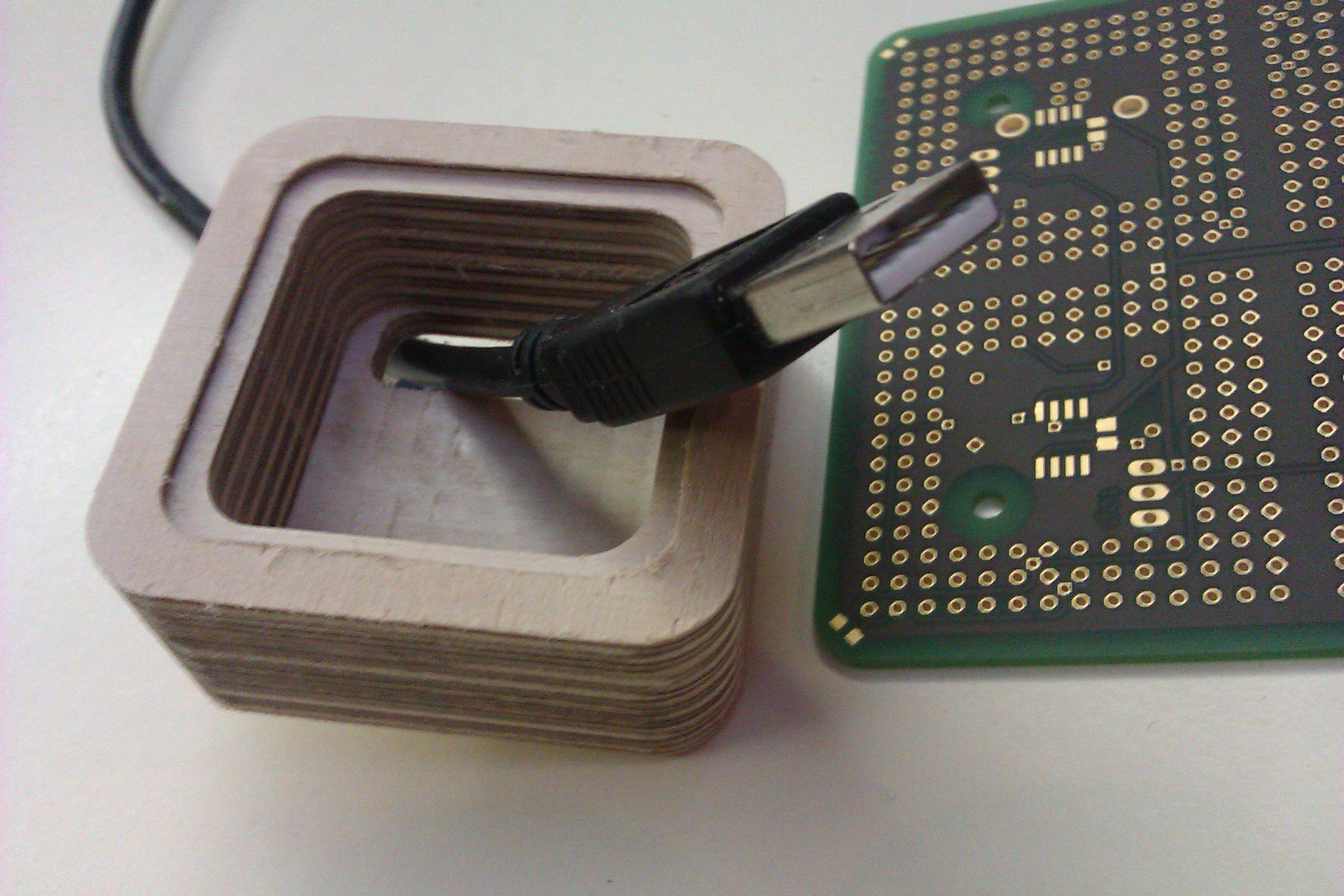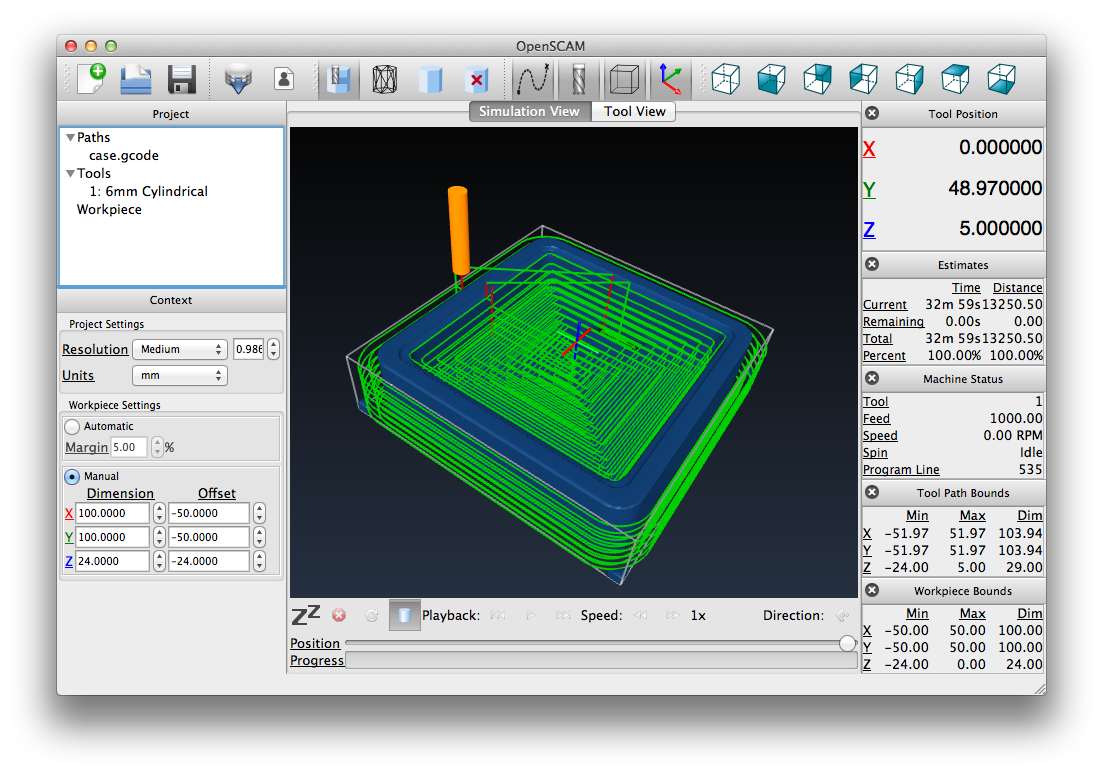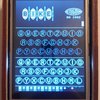Project status
- Prototype PCB assembled
- V-USB communication working
- one-wire temperature sensors working
- LEDs working
- User interface ready
- Case machined
- Heating to be debugged (seems to be some power-up latchup problem and/or partly broken CPUs)
- Twitter account!?!
Openess and Connectivity
Schematics and PCB are done using EAGLE. Apart that only open source tools where used. Special emphasis being on the ruby-script generated gcode (that was fun!). Some cross-checks on the licenses of the used libraries needs to be done and I am looking forward to publishing sources.
Connectivity? Yes!
- Monitor and log the temperature at 4 places!
- Show status on 4 LEDs!
How would you do without?!?
 magnustron
magnustron

















great ! This surpasses even the Commodore-64-PowerSupply Coffee-Heater !